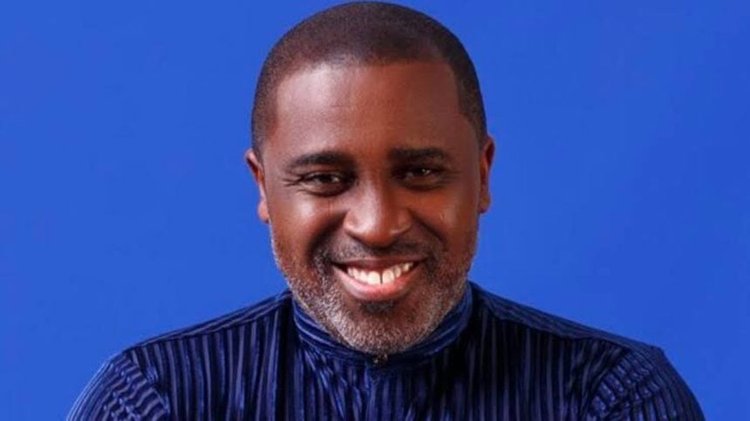Global tightening of credit conditions and rising interest rates to quell inflation has seriously pressured the balance sheets of many banks and scared depositors. Silicon Valley Bank (SVB) was the first institution to implode on March 10, following a run on deposits, making it the second-largest bank failure in US history. SVB had $175.5 billion in total deposits of which $151.6 billion were uninsured by the Federal Deposit Insurance Corporation (FDIC). The FDIC insures deposits up to $250,000.
SVB was a commercial bank headquartered in Santa Clara, California, that specialised in start-up financing. SVB financed nearly half of all venture capital-backed healthcare and technology companies in the US. SVB additionally provided private banking, personal credit lines and mortgages to tech entrepreneurs. At the end of 2022, SVB had an overall bond portfolio worth $117 billion of which $91.3 billion was allocated to a held-to-maturity portfolio. A held-to-maturity portfolio indicates that the bank does not intend to sell the bonds and therefore does not need to mark the value of the bonds against the current market rate. Most of the bonds held in this portfolio were longer-dated bonds. Longer-dated bonds carry more interest rate risk due to their duration. As a result of rising interest rates, the face value of these bonds began to drop, pushing their yields to equal value of new bond issuances. Since the portfolio was held to maturity, unrealised profits and losses accumulated without impacting the reported par value of the portfolio. Losses on bond value only impact the balance sheet if the bank is forced to sell at a loss instead of holding to maturity at a lower yield.
An unrealised loss of this portfolio of $15 billion had accumulated by March 2023. Tightening credit conditions has decreased investor appetite for early-stage investments (typically considered riskier). As a result, many depositors at SVB began withdrawing their money. The withdrawals forced SVB to sell its ‘available-for-sale’ bond portfolio worth $26 billion. The fire sale of these bonds resulted in a $1.8 billion loss. Venture capital firms began urging their portfolio companies to withdraw their funds due to the unrealised losses in the held-to-maturity portfolio of SVB and the overall deterioration of credit rating.
To calm depositors, SVB unveiled a strategy of borrowing $15 billion and an emergency sale of stocks ($2.25 billion) to strengthen their balance sheet to facilitate withdrawals. Depositors stampeded for the exits and withdrew a total of $42 billion on March 9, leaving SVB with a large negative cash balance. On the morning of March 10, the Federal Reserve and the FDIC analysed SVB’s finances. Several hours later federal authorities seized control of the bank to contain possible fallout and contagion in the wider financial industry.
At the same time, another regional bank, Signature Bank (SB) in New York had also imploded as depositors were spooked by SVB’s collapse. SB’s collapse is the third-largest bank failure in US history. The threat of total loss of confidence in regional banks loomed large. No matter how well-run a bank is, none can survive a full-blown bank run unscathed. As a result, the US treasury gave special authority to the FDIC to insure 100% of the deposits of both failed banks as a way of restoring confidence. The new liquidity instrument is called Bank Term Funding Program (BTFP) and allows banks to borrow money for up to a year against their treasury bonds and mortgage-backed securities as collateral at par rates, essentially back-stopping unrealised losses. Unrealised losses are estimated to total $600 billion across the financial sector.
Across the Atlantic, in Switzerland, scandal-ridden Credit Suisse was suffering from a plummeting share price and record withdrawals by customers. In the last quarter of 2022, Credit Suisse suffered a withdrawal of 1/3 ($119 billion) of its total deposits amid fears of its imminent collapse. Credit Suisse attempted to shore up its finances through a new equity offering to raise capital. However, its largest shareholder, the Saudi National Bank refused to invest another dime into the collapsing bank. This emphatic vote of no-confidence from its largest shareholder sent the stock and bond prices plummeting.
To avoid the collapse of a global systemically important bank, Swiss regulator FINMA and the Swiss Central Bank allotted a $54 billion lifeline and forced UBS to take over its competitor. The eventual merger was forced through by Swiss regulators and prohibited Credit Suisse shareholders from exercising their ‘right’ to vote on a potential take-over. The Swiss regulators also wrote down billions of dollars in AT1 bonds to zero wiping out those investors while simultaneously allowing for a stock buyout of $3.25. The unprecedented move by the regulators to side-step financial orthodoxy in wiping out debt holders (bonds) before equity shareholders have sent fear into global debt markets. The traditional remuneration hierarchy of prioritising debt holders over shareholders had been completely shattered.
A person close to the large Middle Eastern shareholders said, “You make fun of dictatorships and then you can change the law over the weekend”, in reference to the unprecedented moves by the Swiss Central Bank and FINMA. The resulting calamity forced the EU to make a statement saying that they would respect the financial hierarchy of debt holders to calm uncertainty.
The unprecedented actions of the US and Swiss regulators and central banks illustrate the difficulty in tightening interest rates without literally breaking the bank. However, the measures that have been introduced are controversial amongst the public and bring back bad memories of 2008. Governments cannot step in every time a bank goes bust and throw unlimited money at the problem to postpone an eventual reckoning.




